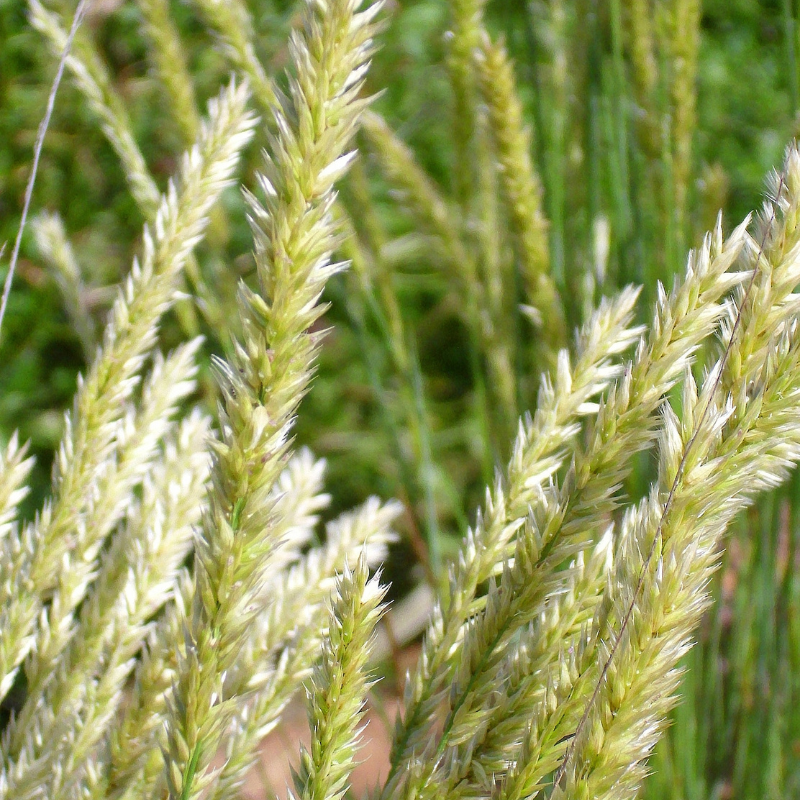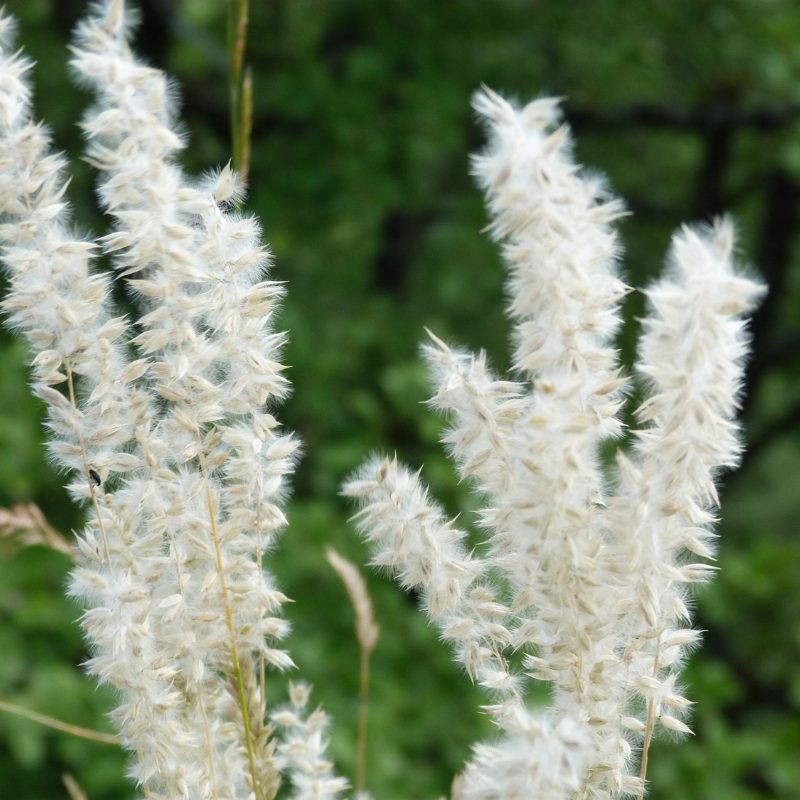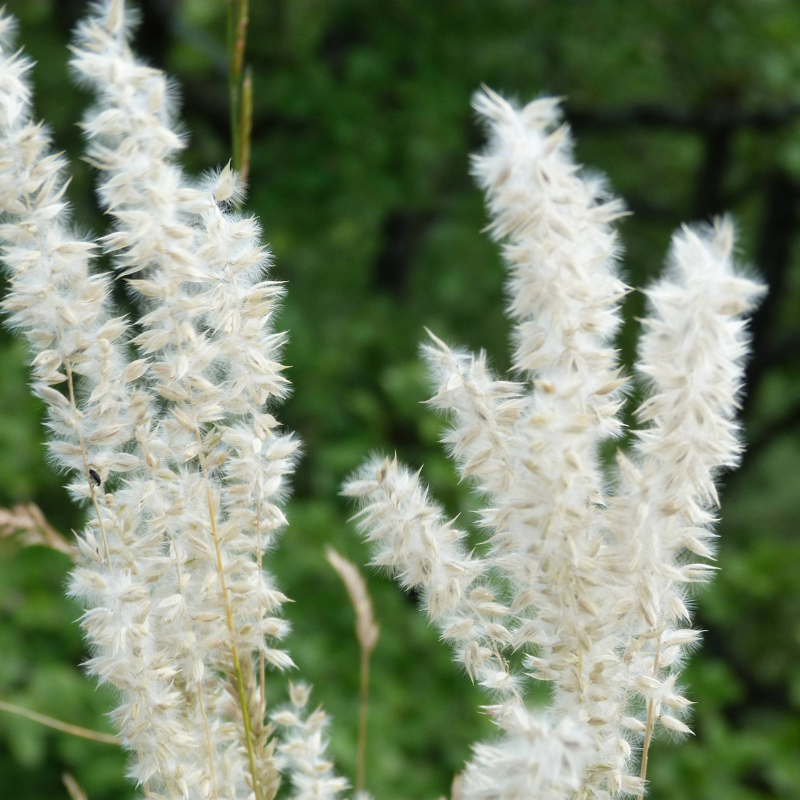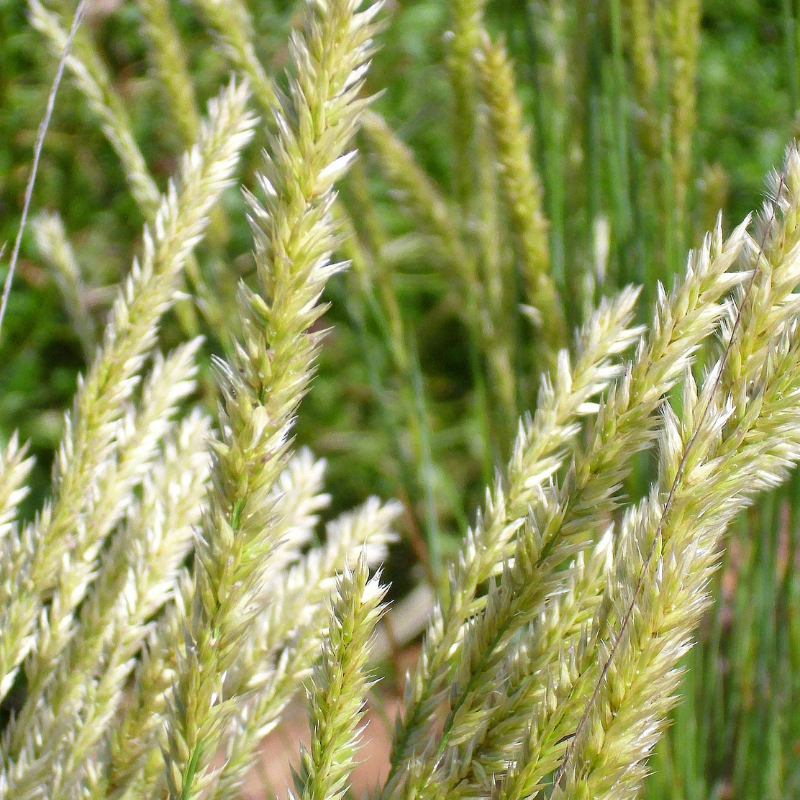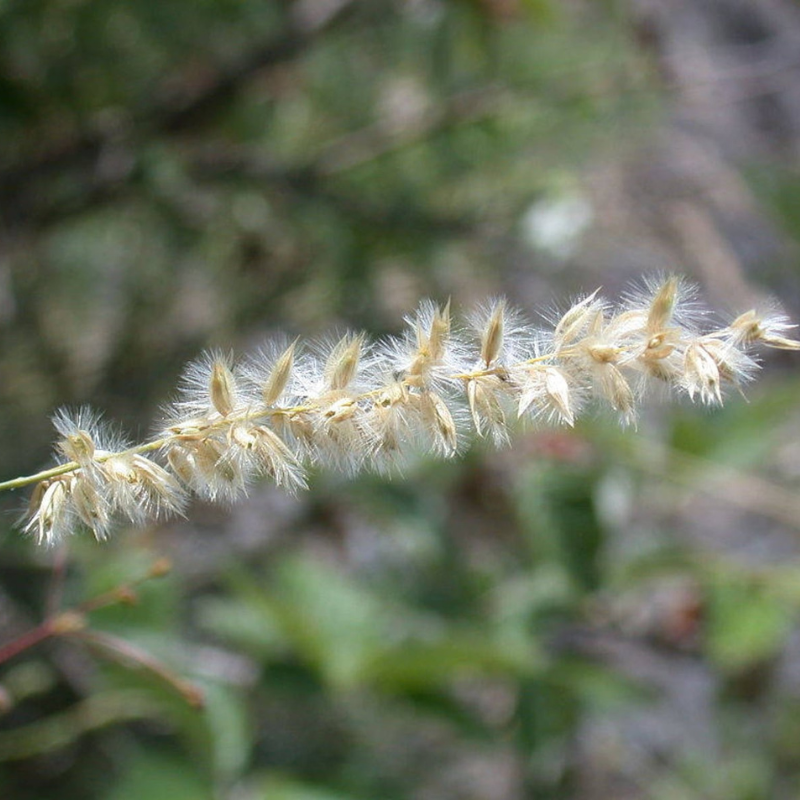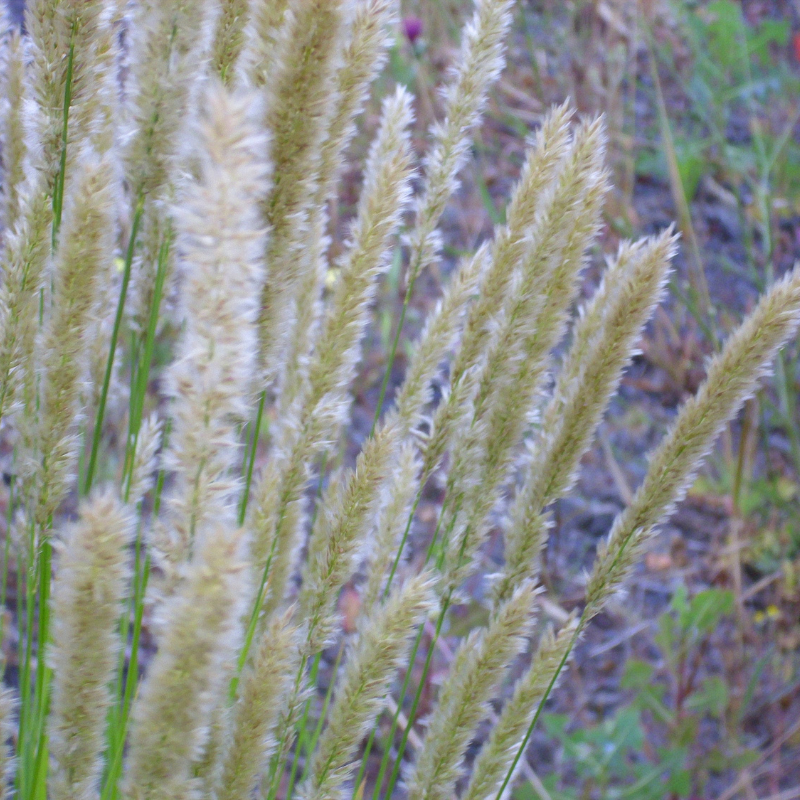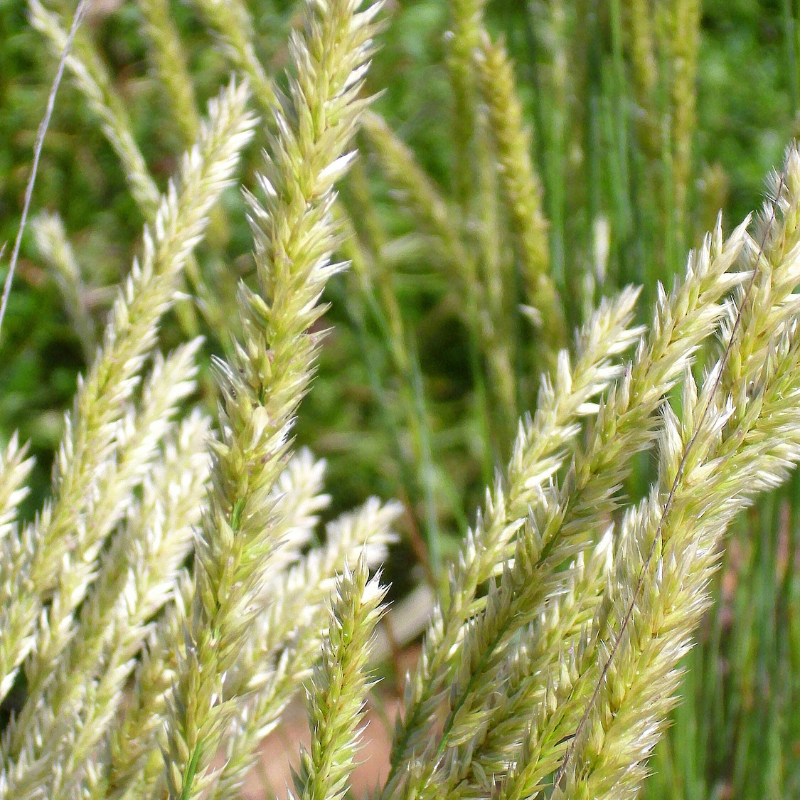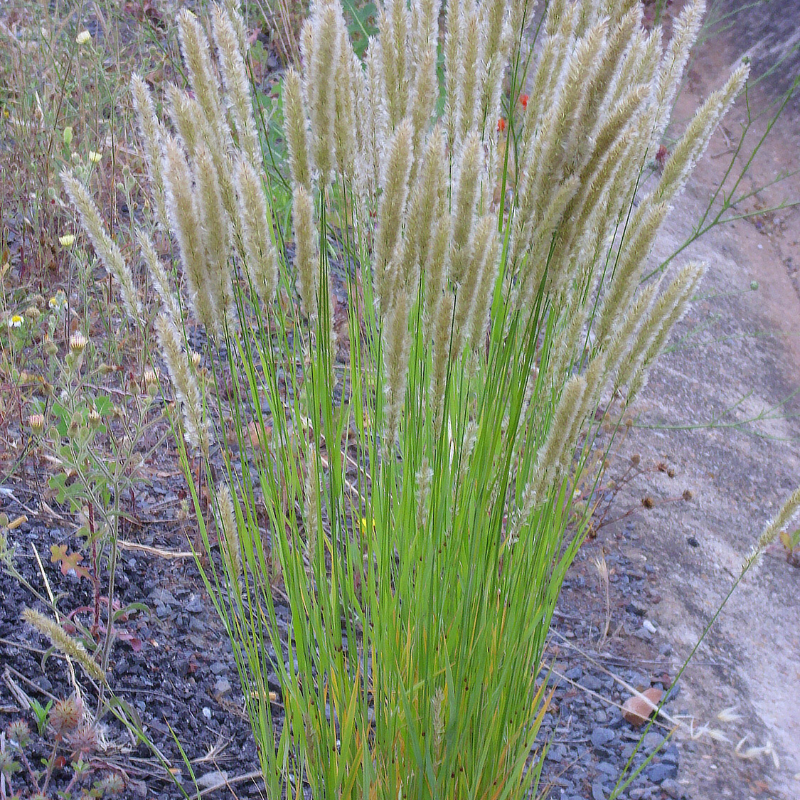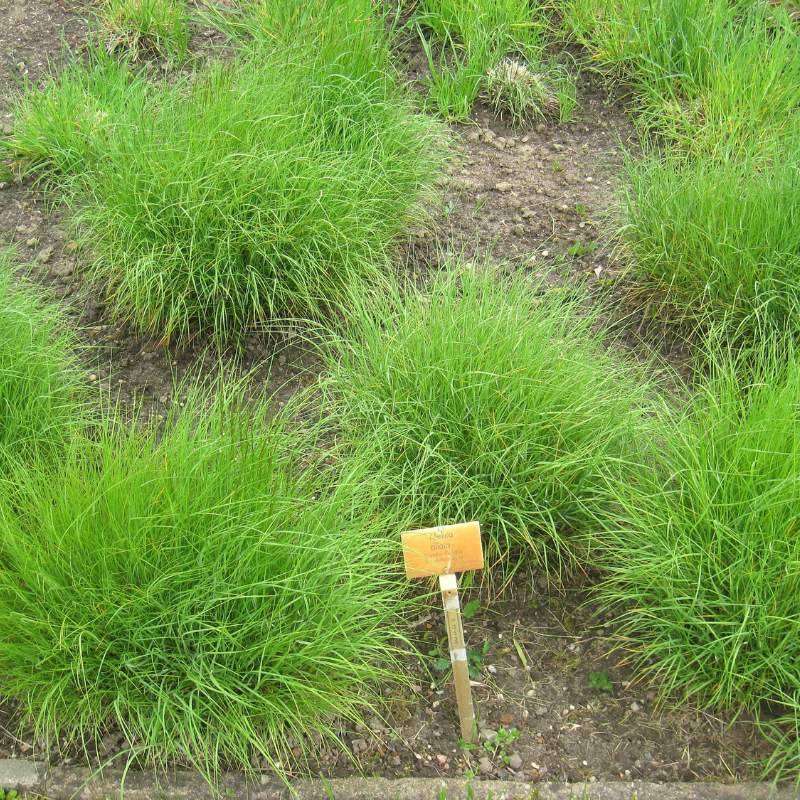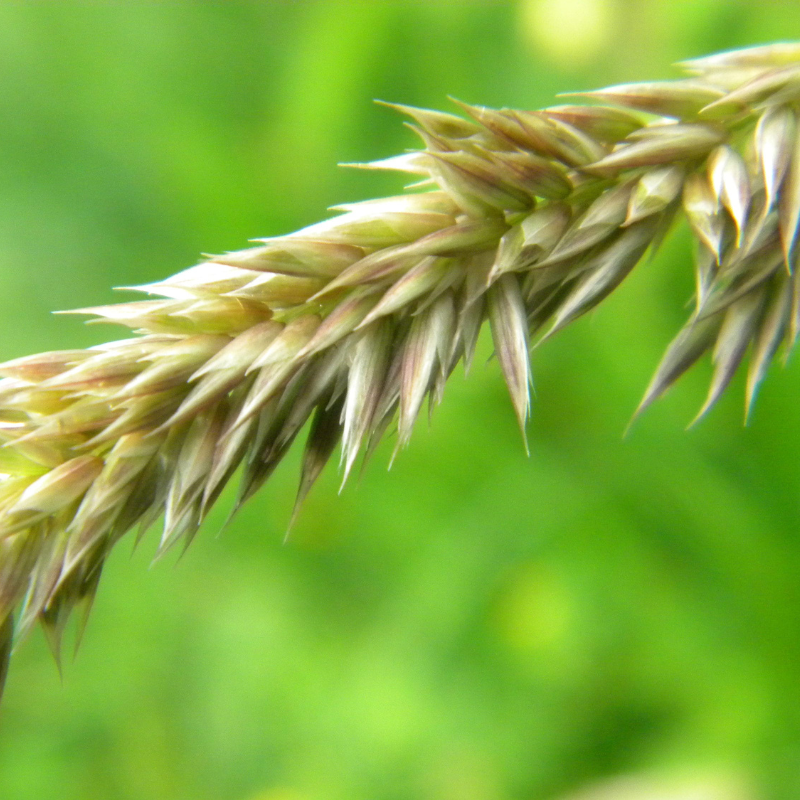- Historical context: Melic Grass (genus Melica) is a group of perennial grasses that have been known and utilized for centuries. They are often found in temperate regions and have been used historically for various purposes, including forage and ornamental uses.
- Geographical origination: Melic Grass is native to various regions across Europe, Asia, and North America. Different species within the Melica genus have specific native ranges.
- Relevant cultural significance: In some cultures, Melic Grass has been used for traditional weaving and crafting due to its sturdy stems.
- Time period of discovery: The exact time period of discovery is not well-documented, but Melic Grass has been recognized and utilized since ancient times.
- Original habitat: Melic Grass typically grows in woodlands, meadows, and grasslands. It prefers well-drained soils and can often be found in shaded or semi-shaded areas.
- Notable historical uses: Historically, Melic Grass has been used as forage for livestock, and some species have been used in traditional medicine and crafting.
- Ideal temperature range: 10-25°C (50-77°F). Melic Grass prefers cooler climates but can tolerate a range of temperatures.
- Soil type: Well-drained, loamy or sandy soils are ideal. It can also grow in clay soils if they are well-drained.
- Sunlight requirements: Partial shade to full sun. Melic Grass can thrive in both shaded and sunny environments, though it prefers partial shade.
- Watering needs: Moderate watering. Ensure the soil remains moist but not waterlogged.
- Planting season: Spring or early autumn. Planting during these seasons allows the seeds to establish before extreme temperatures.
- Germination time: Typically 2-4 weeks under optimal conditions.
- Growth cycle duration: Melic Grass is a perennial, meaning it will grow and return year after year.
- Common pests and diseases: Melic Grass is relatively resistant to pests and diseases but can occasionally be affected by rust, smut, and aphids.
- Companion planting advice: Melic Grass can be planted alongside other shade-tolerant plants such as ferns and hostas. It also pairs well with other ornamental grasses.
- Common challenges and solutions: One common challenge is ensuring proper drainage, as Melic Grass does not tolerate waterlogged soils. To address this, amend the soil with organic matter to improve drainage.
- Nutritional values: While not commonly consumed by humans, Melic Grass provides nutritional forage for livestock, offering a good source of fiber.
- Health benefits: Some species of Melic Grass have been used in traditional medicine for their purported anti-inflammatory and diuretic properties.
- Culinary uses: Melic Grass is not typically used in culinary applications.
- Medicinal uses: Traditional uses include treatments for inflammation and as a diuretic. However, these uses are not widely supported by modern scientific research.
- Other unique advantages: Melic Grass is valued for its ornamental appeal in gardens and landscapes. Its graceful, arching stems and delicate flowers add aesthetic value. Additionally, it can help prevent soil erosion due to its robust root system.
